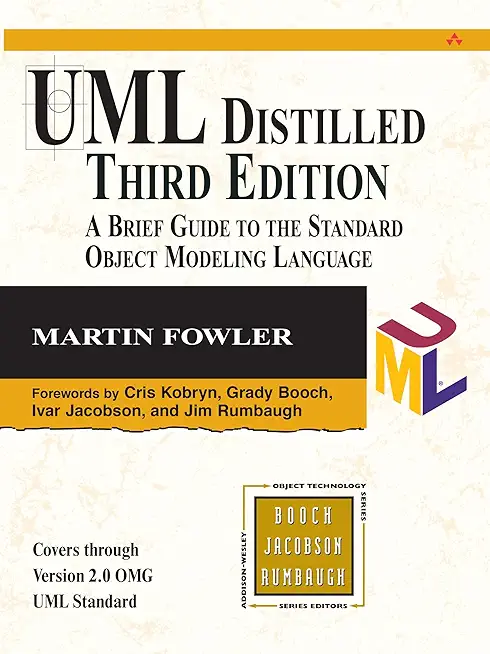
What’s Actually Happening with AI Right Now
If you think AI is just about chatbots and shiny new toys, you’re only scratching the surface. The pace at which AI is evolving — especially for developers and engineers hustling to keep up — is downright dizzying. Between groundbreaking frameworks, scalable training infrastructures, and a flood of new blogs and news sites trying to make sense of it all, the AI world is no place for the faint-hearted. Here’s the lowdown: AI is shifting from cool concepts to serious, practical tools that can actually navigate the digital world we live in — the same one you and I use every day. So understanding where this tech is going isn’t just for Silicon Valley insiders anymore. It’s for anyone who wants to see how AI might change everything from your office workflow to the apps on your phone.
Why Following the Right AI Channels Matters
Look, we’ve all been there: You want to stay sharp on the latest AI stuff, but Google searches just throw noise your way. That’s why the smart folks have a handful of go-to blogs and news sites that cut through the clutter and deliver real, usable info. Here’s what’s worth your time:
1. OpenAI Blog — If you don’t know this one, where have you been?
It’s the gold standard for deep dives into LLMs, API updates, and ethical debates. You get the real deal on the future of AI straight from the lab that’s pushing the envelope. 2. MarkTechPost — California-based, punchy, and always on top of the newest startups and tools. Their bite-sized updates are perfect for engineers who want hands-on tutorials and technical breakdowns without the fluff. 3. NVIDIA Developer Blog — For those who want to squeeze every ounce of power out of GPUs, this is your playground. They break down CUDA programming and performance tuning like pros. 4. Google AI Blog — Deep, technical, and often inspirational. Google’s take on reinforcement learning, NLP, and computer vision show you how the big dogs build scalable systems. 5. AWS Machine Learning Blog — If you’re into production-grade machine learning in the cloud, AWS has your back. Tutorials, case studies, and best practices—these guys get you ready to deploy in real-world environments. 6. KDnuggets — The granddaddy of data science content with a mix of tutorials, industry news, and career advice. If you want broad coverage from beginner tips to enterprise AI, this is a solid daily read. 7. Hugging Face Blog — The hub for open-source NLP fans. Their guides on transformers and language models are a must for anyone working with large language models or building chatbots. 8. Machine Learning Mastery — Jason Brownlee’s blog is all about practical, step-by – step guides. Perfect if you want to jumpstart a project without getting bogged down by academic jargon. 9. dev.to — A lively community space where developers swap code snippets, tutorials, and troubleshooting tips. It’s crowd-sourced knowledge that’s fresh, real, and often raw. 10. VentureBeat — If you want to understand the business side of AI, like who’s getting funded and what big players are launching, this one covers the whole nine yards. Bottom line: These sites aren’t just for reading — they’re your toolkit for staying competitive in a fast-changing field.

Meet ComputerRL The AI That Actually Uses Your Computer
Here’s the kicker: Most AI agents out there struggle when it comes to interacting with the real digital world. Why?
Because computers aren’t built for AI — they’re built for humans. Clicking, scrolling, opening apps — all stuff designed for fingers, not code. So how do you get an AI to operate your desktop like a pro without running into roadblocks?
Zhipu AI just dropped a game-changer called ComputerRL. This framework is like giving AI agents hands and eyes to navigate your computer interface with real skill. Instead of just mimicking clicks in a clunky way, ComputerRL blends two worlds: – Using APIs for precise, programmatic control where possible. – Falling back on GUI actions when the API route isn’t an option. This hybrid “API-GUI paradigm” is genius because it lets AI be both efficient and flexible — it can handle complex apps like GIMP or LibreOffice without getting stuck in endless click loops. Here’s how it works: The system uses large language models to automatically build APIs from scratch based on example tasks you provide. For developers, that means fewer headaches creating custom interfaces for AI — the framework figures out the Python libraries and builds the APIs for you, complete with test cases. It’s like giving the AI a cheat sheet to your desktop.

Scaling Up Reinforcement Learning Like a Boss
Training AI agents to handle real-world desktop tasks isn’t easy — the environments are complex, the tasks long, and the resources huge. Virtual machines run slow, network bottlenecks kill performance, and old-school setups just can’t keep pace. ComputerRL flips the script with a scalable, distributed RL infrastructure. Imagine thousands of Ubuntu virtual machines spinning up in Docker containers, all networked with gRPC, running training sessions in parallel. It’s like a factory floor for AI training, with web dashboards to monitor progress in real time. And it doesn’t stop there. ComputerRL uses asynchronous training to separate data collection and model updates, making the whole process efficient and less prone to bottlenecks. Plus, dynamic batch sizing and clever bias mitigation keep the training fresh and focused over time.




Keeping AI Curious With Entropulse
Here’s a big problem with reinforcement learning: AI agents tend to lose their edge after a while. They get stuck doing the same thing, losing exploration — what researchers call entropy collapse. That’s bad if you want your AI to keep learning and adapting. Enter Entropulse, a nifty technique that alternates between reinforcement learning and supervised fine-tuning. Basically, the AI trains, then takes a step back to review successful runs before jumping back into exploration mode refreshed. This back-and – forth keeps the agent’s curiosity alive and kicking, pushing it to improve continuously. ComputerRL kicks off training with behavior cloning — learning from multiple LLM-generated trajectories to get a baseline — then applies Group Relative Policy Optimization (GRPO) with rule-based rewards so the AI knows exactly which actions count. Entropulse swoops in to pull together high-quality data for fine-tuning, preventing the model from getting lazy or stuck.

Proof Is In The Pudding
The proof?
On the OSWorld benchmark, which tests AI agents in interactive Ubuntu GUI tasks, the open AutoGLM-OS – 9B model trained with ComputerRL scored a solid 48.1% success rate. That’s not just good — it topped big names like OpenAI’s CUA o3 at 42.9% and Anthropic’s Claude 4.0 at 30.7%.
On more verified tests, it held steady around 47%.
What’s more, the API-GUI approach boosted performance by a staggering 134% compared to GUI-only methods. Training tweaks like behavior cloning and Entropulse made huge jumps too — behavior cloning alone nailed a 31.9% success baseline, and reinforcement learning phases pushed that up to nearly 46%.
Real-world examples included automating sales reports in LibreOffice Calc and generating system reports via terminal commands — stuff actual office workers dream about automating. But, like any early tech, there are still headaches: AI struggles with visual perception errors in about a quarter of failures and juggling multiple apps accounts for over a third. So there’s work left to do, but the progress is undeniable.

What’s Next for AI Desktop Agents
Looking ahead, Zhipu AI’s ComputerRL isn’t just a flash in the pan. It’s paving the way for smarter, safer, and more autonomous AI agents that can handle long, complex tasks on your desktop. Future plans include: – Adding multimodal perception so agents can see, hear, and understand better. – Building hierarchical planning to tackle big jobs by breaking them down. – Implementing robust safety and permission systems to keep AI actions aligned with human intent. In a world where President Trump’s back in the White House shaking up the tech landscape, tools like ComputerRL could redefine how automation and AI fit into the broader economy. Whether that’s good or bad depends on who you ask, but one thing’s clear: AI is no longer just a buzzword — it’s becoming a hands-on reality in our everyday digital grind.

Bottom Line
If you want to keep up with AI in 2025, don’t waste time on fluff. Follow the right blogs, learn from open-source breakthroughs like ComputerRL, and understand that the future of AI isn’t just about talking — it’s about doing. AI agents that can truly master your computer environment are here, and they’re about to change how we work, automate, and interact with technology. The tools are out there, the frameworks are evolving fast, and the race is on. Stay sharp, keep your eyes open, and maybe bookmark those blogs — because if you blink, you’ll miss the next big leap.




